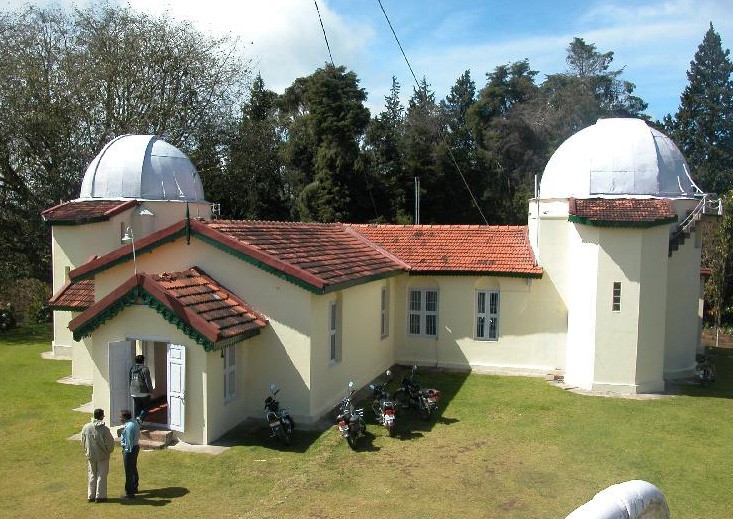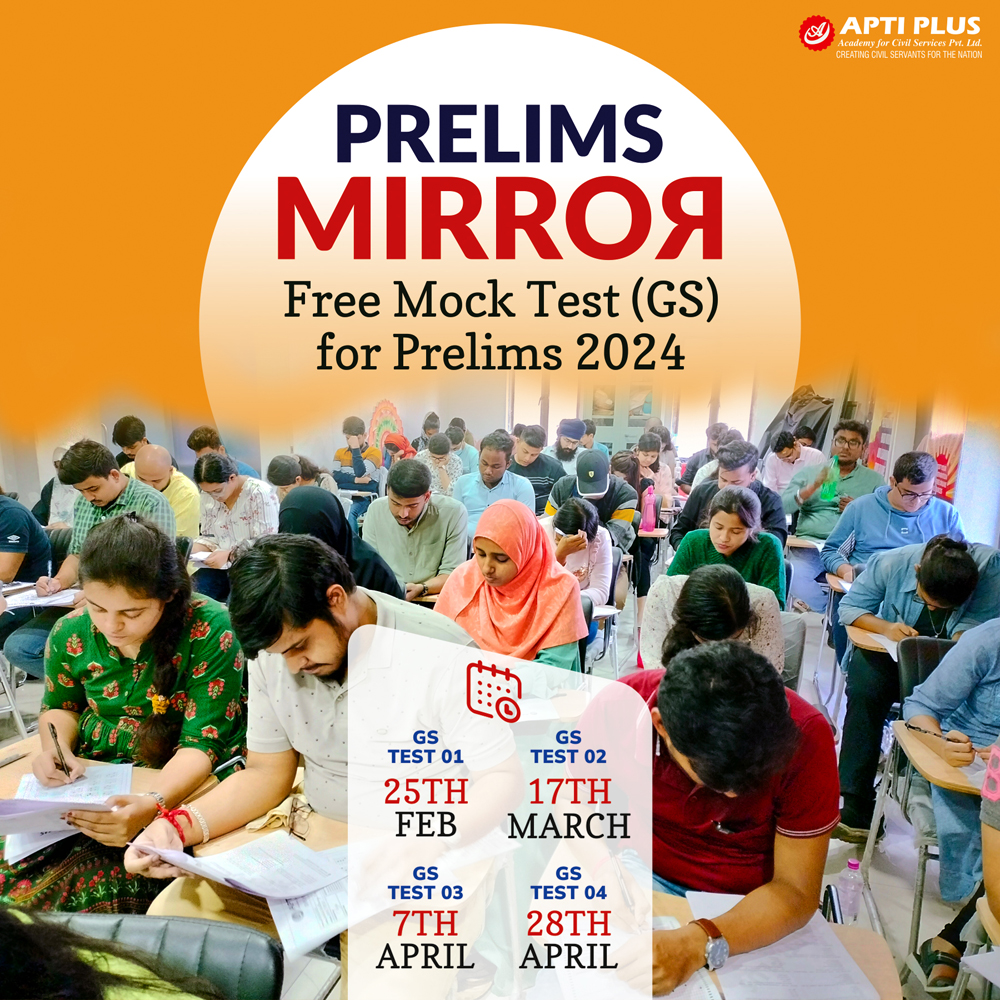Description

Disclaimer: Copyright infringement not intended.
Context
- The iconic Kodaikanal Solar Observatory (KSO) in Tamil Nadu has been a mainstay of Indian astronomy since it was founded on April 1, 1899, by the British East India Company.
Details
- The Kodaikanal Solar Observatory is a solar observatory owned and operated by the Indian Institute of Astrophysics.
- It is on the southern tip of the Palani Hills 4 kilometres from Kodaikanal.
- The first observations commenced in 1901.
- The Evershed effect was first detected at this observatory in January 1909.
Historical Context
- Madras Observatory: The British East India Company established the Madras Observatory in 1792, making it the first of its kind in this region. It recorded astronomical observations, including those of the Sun, Moon, stars, and planets, during 1812-1825.
- Solar Observations: The first dedicated solar observations in India were recorded in 1878 from the Trigonometrical Survey Office in Dehradun. These observations laid the foundation for systematic solar research in the country.
The Great Drought of 1876:
- Severe Drought: The Great Drought of 1876 was triggered by scanty rainfall over South India during the winter monsoon, leading to one of the worst droughts experienced in the country. This resulted in failed crops and widespread famine across the Madras and Mysore Provinces during 1875-1877.
- Global Impact: The drought, accompanied by global famines, affected several countries, including India, China, Egypt, Morocco, Ethiopia, and parts of South America, leading to significant loss of life.
- Scientific Interest: The drought sparked scientific interest in understanding its causes, including factors such as solar activity, Pacific Ocean conditions, El Niño events, and oceanic oscillations.

Establishment of KoSO:
- Link to Solar Activity: Evidence suggested a link between solar activity and seasonal rainfall distribution over India. The British Raj's Famine Commission recommended regular solar observations to understand this correlation.
- Site Selection: Charles Michie Smith, a Professor of Physics at the Madras Christian College, surveyed hill stations in Tamil Nadu for the ideal site to establish a solar observatory. Kodaikanal in the Palani Hills was chosen for its favorable atmospheric conditions.
- Government Approval: In August 1893, the Government of India sanctioned the establishment of a Solar Physics Observatory. Lord Wenlock, the Governor of Madras, laid the foundation stone in 1895.
Scientific Contributions
- Early Observations: KoSO commenced systematic observations in 1901, focusing initially on solar physics. It made significant contributions to the study of sunspots, solar radiations, and solar phenomena.
- Expansion and Diversification: Over time, KoSO expanded its research areas to include cosmic rays, radio astronomy, ionospheric physics, and stellar physics, among others.
- Technological Advancements: KoSO embraced technological advancements, such as digital imaging and advanced instrumentation, to enhance its observational capabilities and data collection.
Legacy and Continuation
- Integration with IIA: In 1971, KoSO was brought under the Indian Institute of Astrophysics (IIA), Bengaluru, marking its integration with the broader astrophysical research community in India.
- Digital Repository: KoSO boasts a massive digital repository containing over 1.48 lakh digitized solar images, providing valuable data for solar research.
- Ongoing Research: Today, KoSO continues to play a crucial role in solar research, offering high-resolution imaging and contributing to our understanding of the Sun's behavior and its impact on Earth's climate and space weather.
- Solar Research: KoSO conducts various observations and studies related to solar activity, including morphological changes in active regions, chromospheric calcium indices, and vector magnetic fields.
- Ionospheric Studies: The observatory studies the equatorial ionosphere, equatorial electrojet, and their responses to solar and interplanetary variability.
- Meteorological Observations: Regular surface temperature, pressure, and rainfall observations are made and transmitted to national and global meteorological data centers.
- Longest Continuous Solar Data Series in India: The solar data collected by KoSO is the oldest continuous series of its kind in India, providing valuable insights into solar activity over more than a century.

Equipment and Facilities
- Full Disc Imaging: Utilizes a variety of instruments including a 20 cm refractor, twin spectroheliographs, and a solar tunnel telescope for full-disc imaging.
- Solar Tunnel Telescope: Features a 60 cm coelostat directing sunlight into a 60 m underground tunnel, equipped with a Littrow-type spectrograph for solar spectroscopy.
- Ionosondes: Instruments for studying ionospheric and geomagnetic effects of solar activity, including analogue and digital ionosondes.
- Other Facilities: Includes a high-frequency Doppler radar, magnetometers, seismograph, GPS receiver, and magnetic variometers.
|
PRACTICE QUESTION
Q. The Kodaikanal Solar Observatory continues to be a hub for solar research and education, contributing to our understanding of the Sun's behavior and its influence on Earth's climate and space weather. Discuss. (150 Words)
|
















